Foundation Repair Solutions

Spring offers moderate temperatures and stable ground conditions, making it an ideal time for repairs.

Summer can be challenging due to heat and dry soil, but early summer repairs are feasible with proper planning.
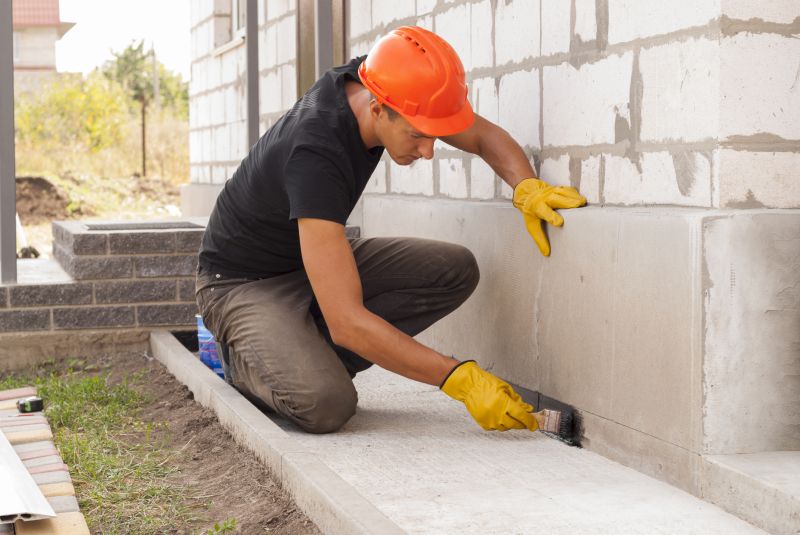
Fall provides cooler weather and less moisture fluctuation, which can be beneficial for foundation work.
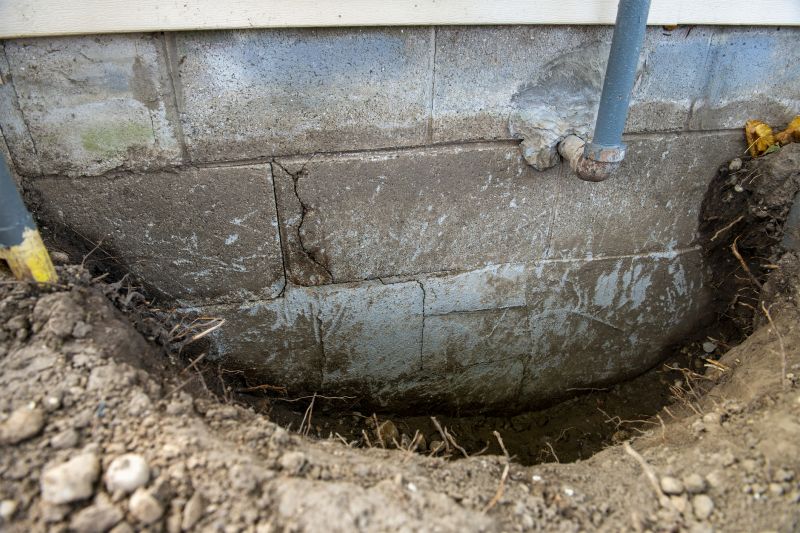
Winter repairs are possible in milder climates, though freezing temperatures and frozen ground can pose challenges.

The best time generally aligns with periods of moderate weather and minimal ground movement, typically spring and fall.

Avoiding extreme weather conditions helps ensure the longevity and effectiveness of foundation repairs.
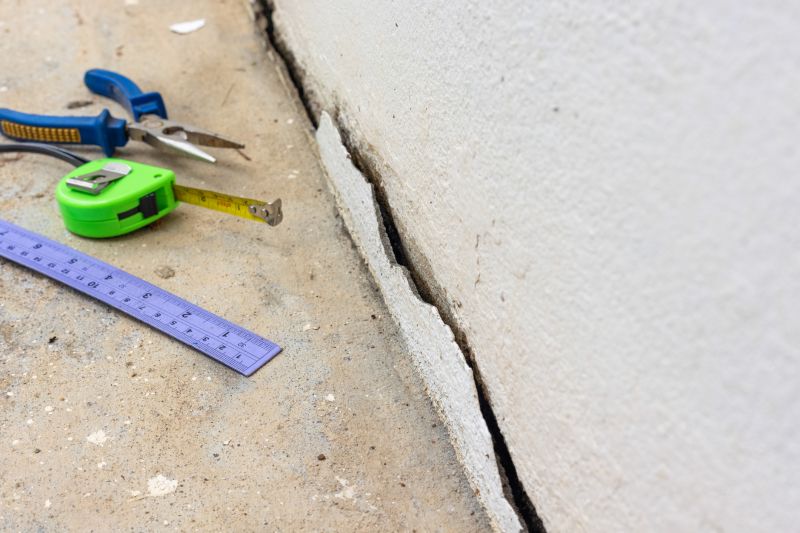
Ways to make Foundation Repairs work in tight or awkward layouts.

Popular materials for Foundation Repairs and why they hold up over time.

Simple add-ons that improve Foundation Repairs without blowing the budget.
Foundation repairs are essential for maintaining the structural integrity of a building. They address issues such as settling, cracking, and shifting that can compromise safety and property value. Timely repairs can prevent further damage and costly future fixes.
Statistics indicate that foundation problems are among the most common causes of structural damage in residential properties. Proper assessment and intervention can extend the lifespan of a building, preserving its value and safety for years to come.

Visible cracks often indicate shifting or settling that requires professional evaluation.

Piering involves stabilizing the foundation to prevent further movement.

Methods such as soil injections help reduce ground movement affecting the foundation.
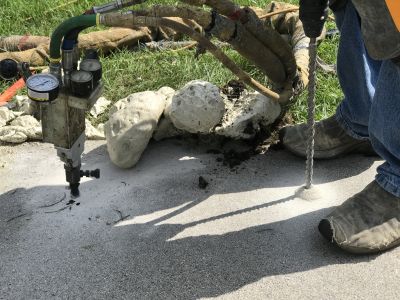
Specialized tools and machinery are used for precise and effective repairs.
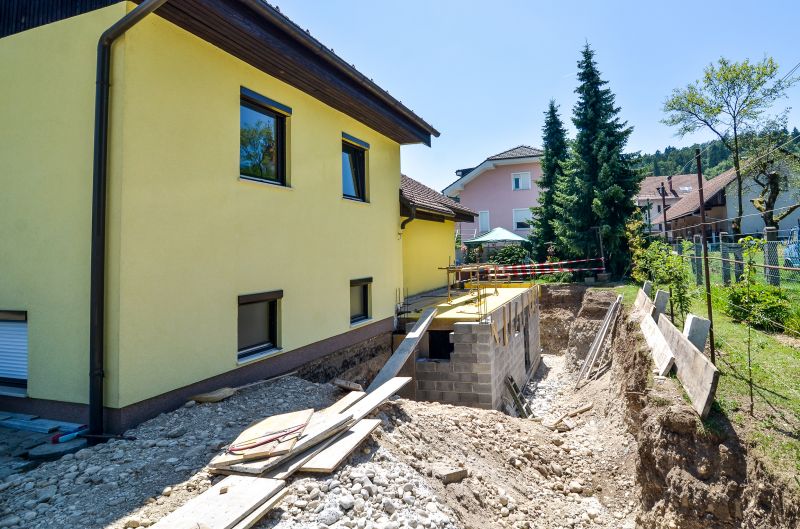
High-end options that actually feel worth it for Foundation Repairs.

Finishes and colors that play nicely with Foundation Repairs.
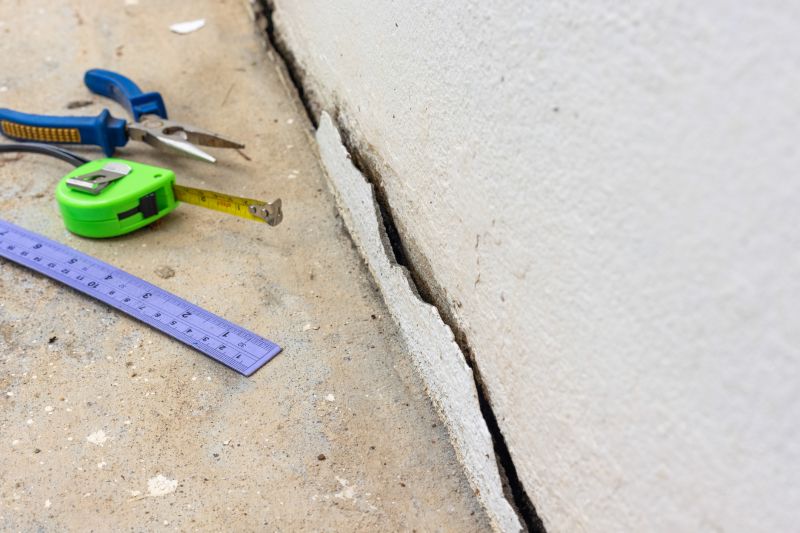
Little measurements that prevent headaches on Foundation Repairs day.

A 60-second routine that keeps Foundation Repairs looking new.
| Season | Recommended for Repairs |
|---|---|
| Spring | Yes, due to moderate weather and ground conditions. |
| Summer | Possible with early planning, but challenging in high heat. |
| Fall | Ideal, with cooler temperatures and stable soil. |
| Winter | Possible in milder climates; avoid in freezing conditions. |
Understanding the seasonal factors that influence foundation repair can help homeowners plan effectively. Proper timing ensures that repairs are durable and less susceptible to weather-related issues.
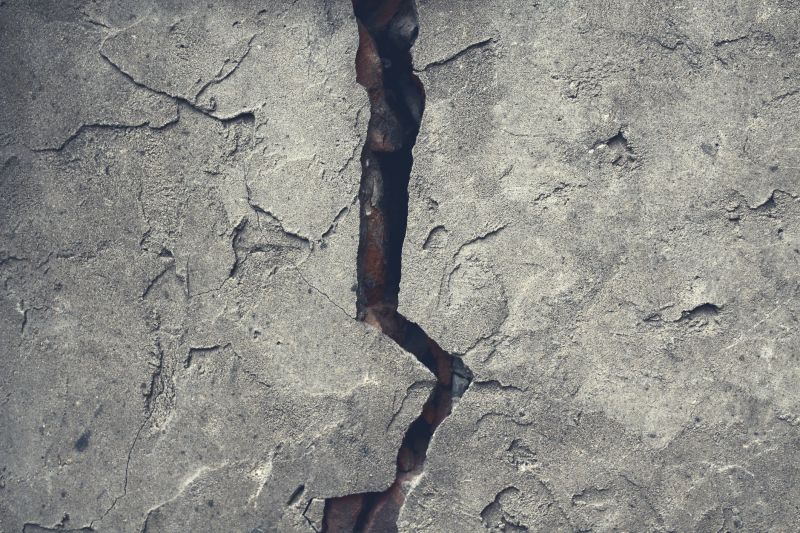
Cracks and uneven floors signal foundation issues needing attention.

Professional assessment followed by targeted stabilization methods.
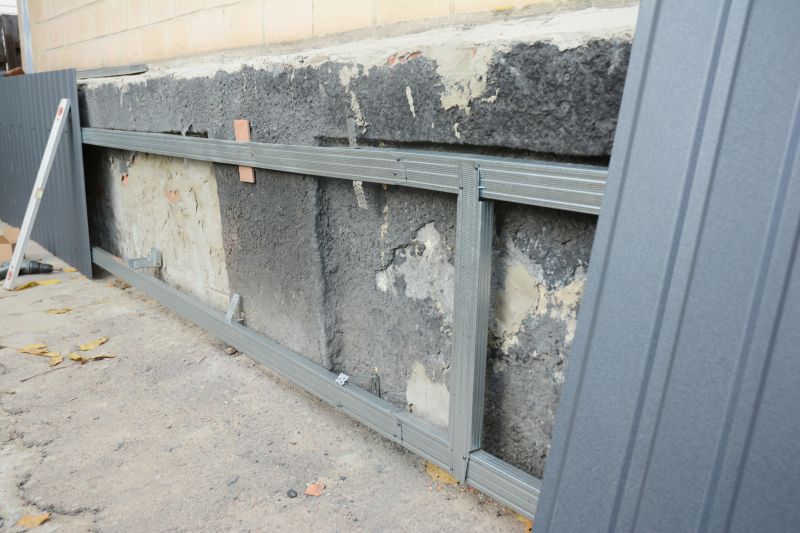
Reinforced foundations restore structural integrity.

Advanced machinery ensures precise work and long-lasting results.
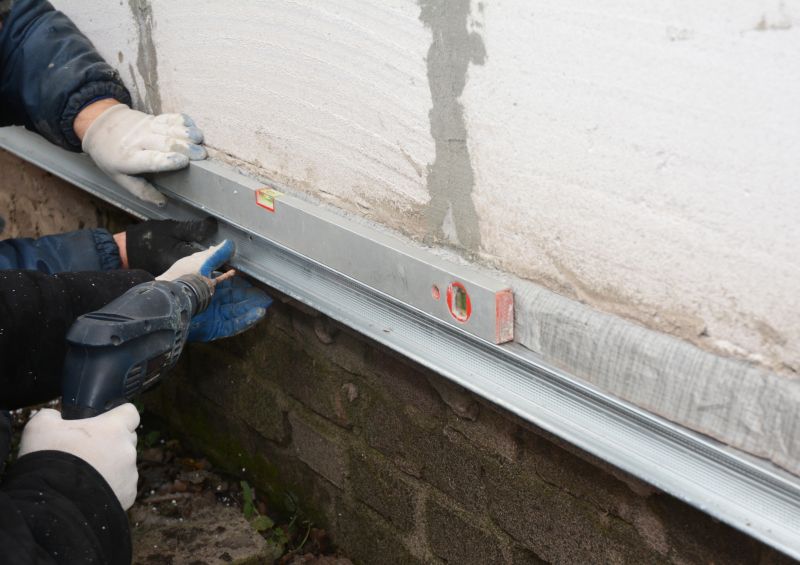
Assessment of soil conditions guides appropriate repair strategies.

Use of piers and braces to support and stabilize the structure.
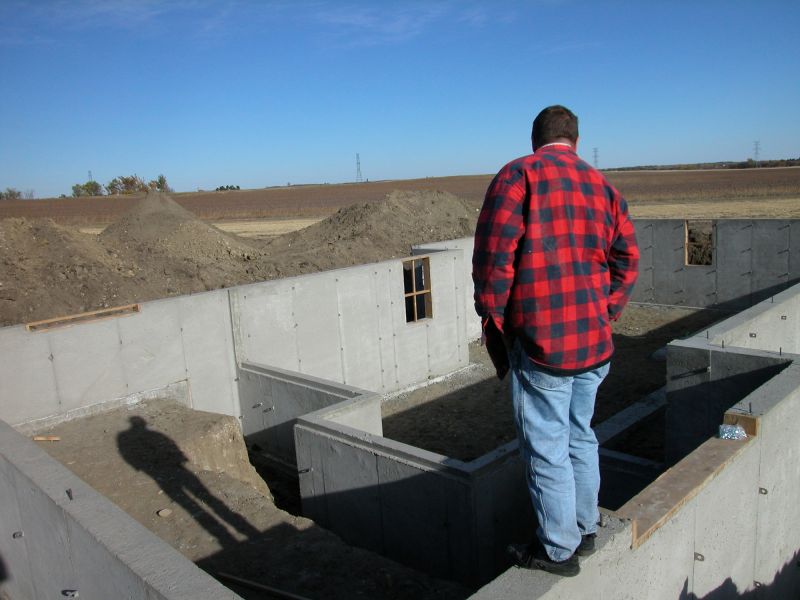
Post-repair inspections ensure ongoing stability.

Restored foundation with visible structural improvements.
Interested property owners should consider consulting with foundation specialists to determine the optimal timing for repairs. Proper scheduling enhances repair effectiveness and longevity.
A frequent mistake in Foundation Repairs and how to dodge it.
Small tweaks to make Foundation Repairs safer and easier to use.
Lower-waste or water-saving choices for Foundation Repairs.
